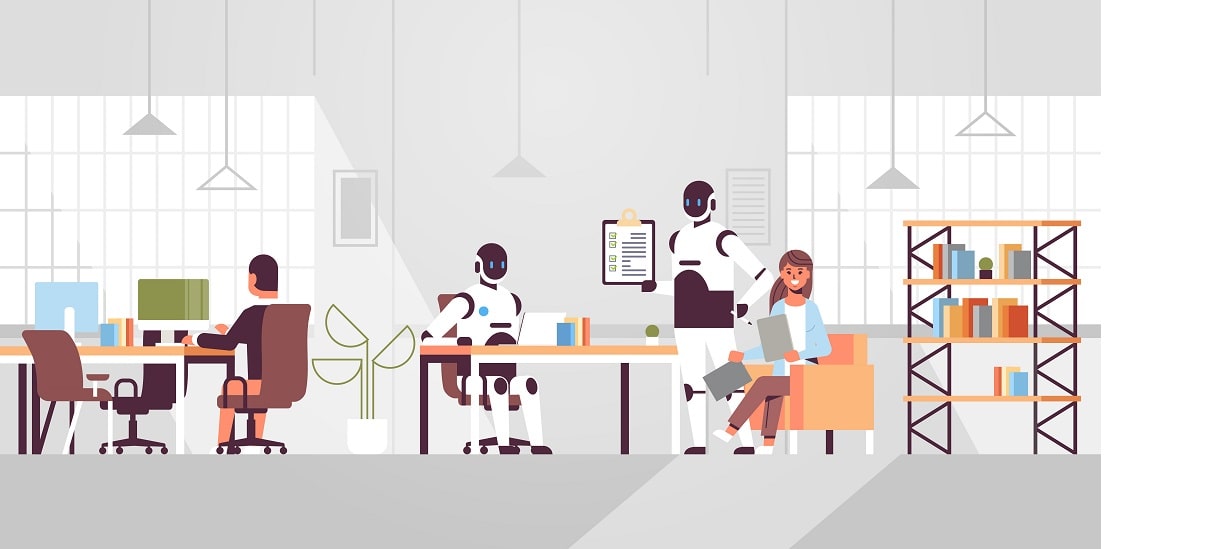The pandemic-driven transition to remote working models was followed by reports and surveys, which confirmed that these models were making work possible in the covid world and leading to higher productivity and better work-life balance for the workforce. Organizations like Twitter and Facebook have already announced permanent remote working options for their employees. Twitter has allowed its employees to work from home permanently, whereas Facebook said around 50% of its employees will work remotely by 2030. Organizations are also working on their remote work policies as most workers have sought this option in the long term. There are also instances where employees are ready to leave their organizations if they cannot work remotely.
For all the fame and love remote working models have garnered in the past couple of years, being away from the office does make a few things difficult. For instance, new hires might find themselves isolated and lost without the luxury of walking up to their colleagues and just asking questions about organizational policies or projects. How do organizations then stay on the remote work bandwagon without leaving their employees out of touch (quite literally, too!)? The answer is in the correct use of technology and artificial intelligence. AI can help automate several onboarding processes and training new employees, performance monitoring and analysis, and even mental health applications.
Is the future of the workspace virtual?
Despite proving to be efficient, remote work models have not completely replaced the physical work environment. Many people want to return to offices as they miss the emotional connection they find in offices.
Anurag Sahay, who leads the AI and data sciences wing at Nagarro, says that people still want to return to the office, and they will unless we recreate the experience of physical workspaces in a virtual space. He adds that it is about realizing virtual spaces rather than moving to physical areas so that there are absolutely no barriers in communicating or collaborating between five people working in five different places and time zones.
The difference between how we interact now and how we would interact in a virtual space is that you currently see them as a 3-dimensional figure in a 2-dimensional area. In contrast, virtual workspaces will offer a 3-dimensional appearance for your colleagues. This will enable people to understand the emotions, mannerisms, and other attributes while conversing with their team members, which we cannot accomplish with Zoom or Microsoft Teams.
Sahay says that virtual workspaces will involve a lot of artificial intelligence. The modalities we use to communicate, like sound, sight, and touch, are all sense modalities that depend on unstructured information, including imagery. AI is the most optimal way to process this information. "We can use artificial intelligence to create workspace platforms that allow for an integrated experience of working together. The more we can realize this, the closer we are to a virtual workspace," says Sahay.
How can AI transform the way employees interact within the organization?
Nagarro built its in-house, AI-driven virtual assistant Ginger, which has been extremely helpful to the entire workforce over the past couple of years, especially during the pandemic.Ginger addresses the way organizations interact with their employees. Employees widely use it for organizational queries without needing to approach their managers for everything. It answers any question with a personalized, contextual answer. It also provides Nagarrians with customized information in suggestions and nudges, allowing them to better align with the organizational culture.
Ginger uses a data lake that cuts across various siloed systems and allows Nagarro to deploy complex use cases within a few hours. These use cases can be related to client engagement, employee engagement, quality initiatives, or innovation. By using multiple channels such as teams, messages, and emails, Ginger reaches a vast population within the organization. The emphasis of the messages can be decreased or increased based on the urgency of the topic. It makes the behavior more consistent and embeds the company's philosophy. The changes in the market situation or strategy can be tweaked in the system and applied across the organizations within just a few hours or days by changing the parameters and workflows.
Another area where AI can be leveraged is the mental health care of the employees. Remote work is likely to impact the employees' mental health for better or worse, and AI can enable organizations to understand and address such concerns. AI algorithms, along with machine learning, can be used to detect mental illness by companies. Aligning this with proper medical advice can help people in difficult times. Another popular use of AI for mental health awareness is chatbots that allow people to talk about their issues anonymously.
The applications of AI in the workspaces stretch beyond internal communications, skilling, and training. With most communication happening virtually, organizations have access to data that they can process with conversational speech analysis and sentiment analysis tools to make the virtual meetings more insightful and engaging. Integrated workplace management solutions use predictive maintenance and machine learning to gain insights into employee behavior. The insights can be to develop office plans and designs leading to better organizational performance. It can further help the organizations understand the behavior of their employees during internal or client interactions. AI tools can help instill a sense of belonging in employees and colleagues in remote working. With the right technology partner, the possibilities that AI offers are abundant. A few things AI can accomplish at the workplace –
- Enhance internal communications
- Interactive training and skill development
- Enabling remote working model
- Behaviour and sentiment analysis for better employee satisfaction
- Developing better team relations
Want to know more? Reach us @ Artificial Intelligence (AI), Data & Analytics Services | Nagarro

Shubhra Pant
I tell stories.


.jpg)

